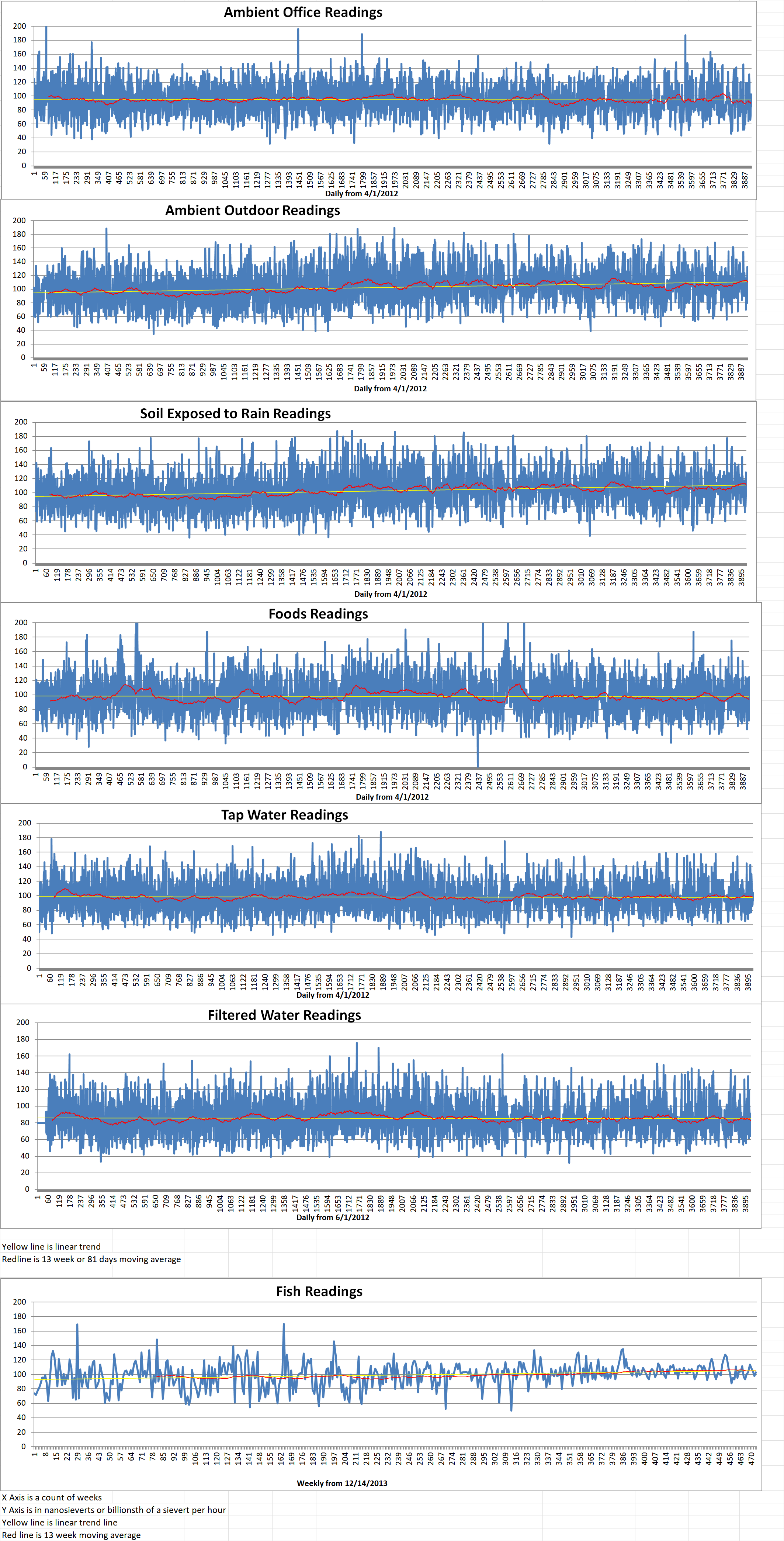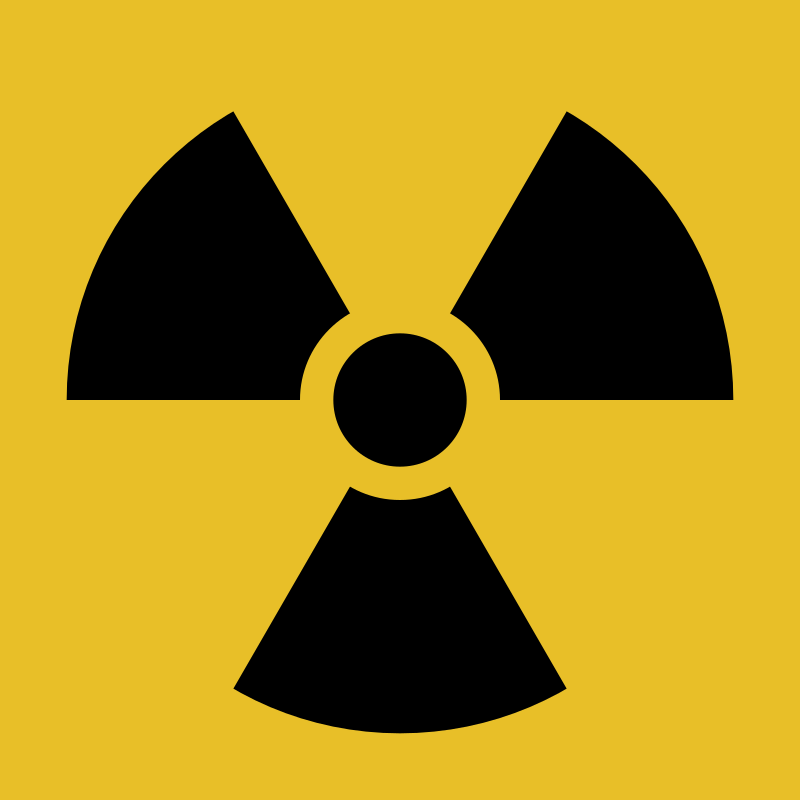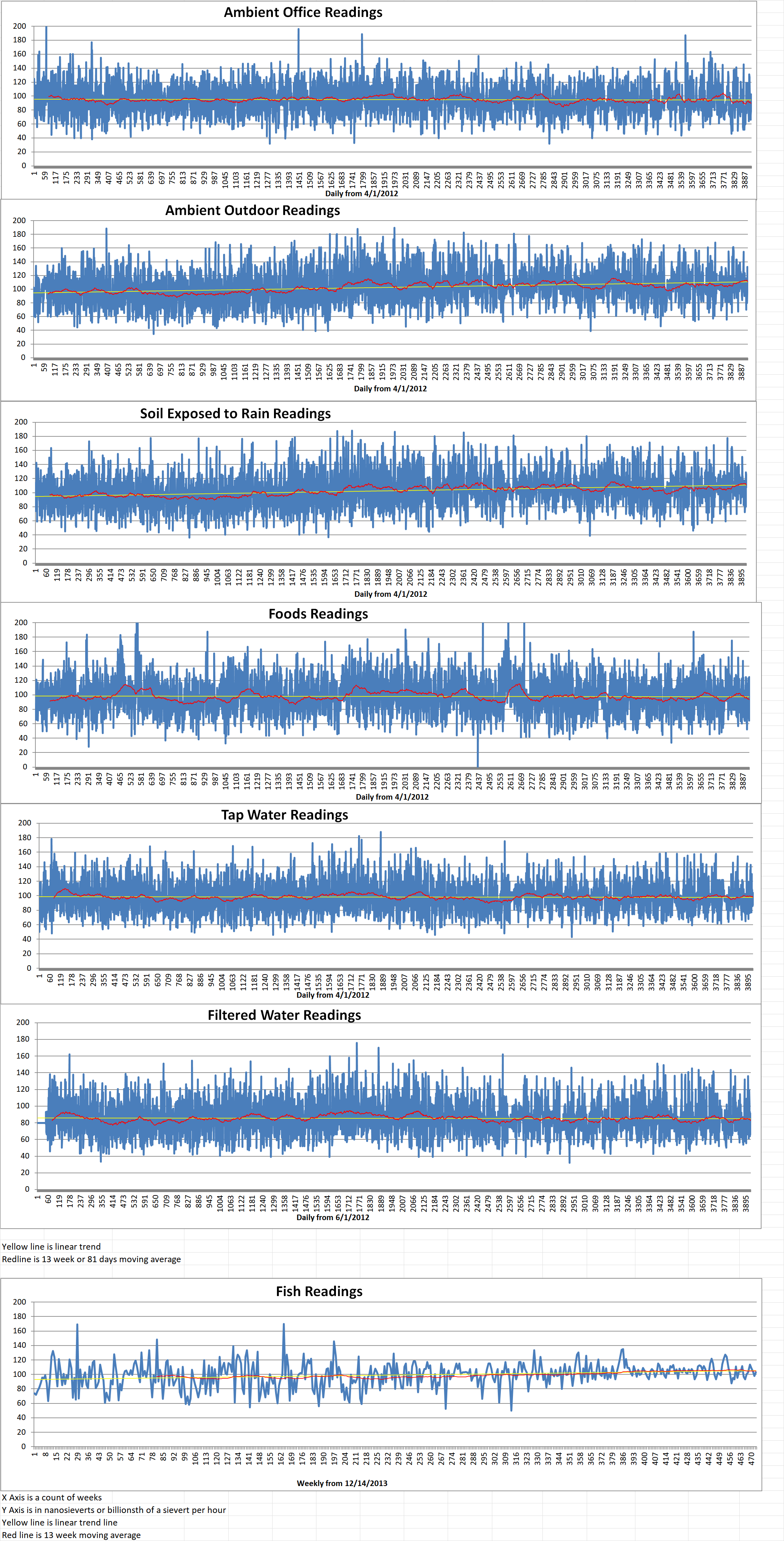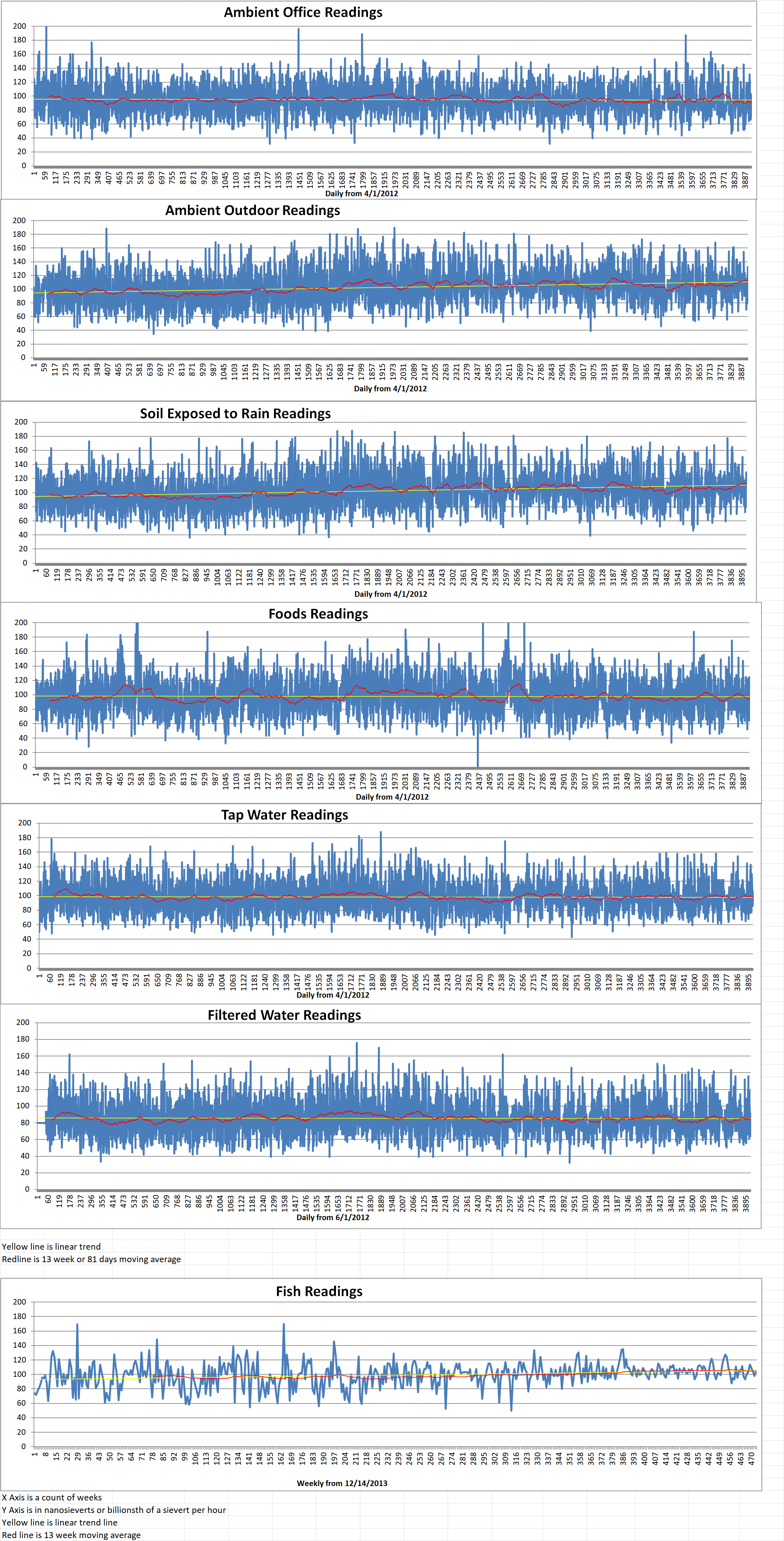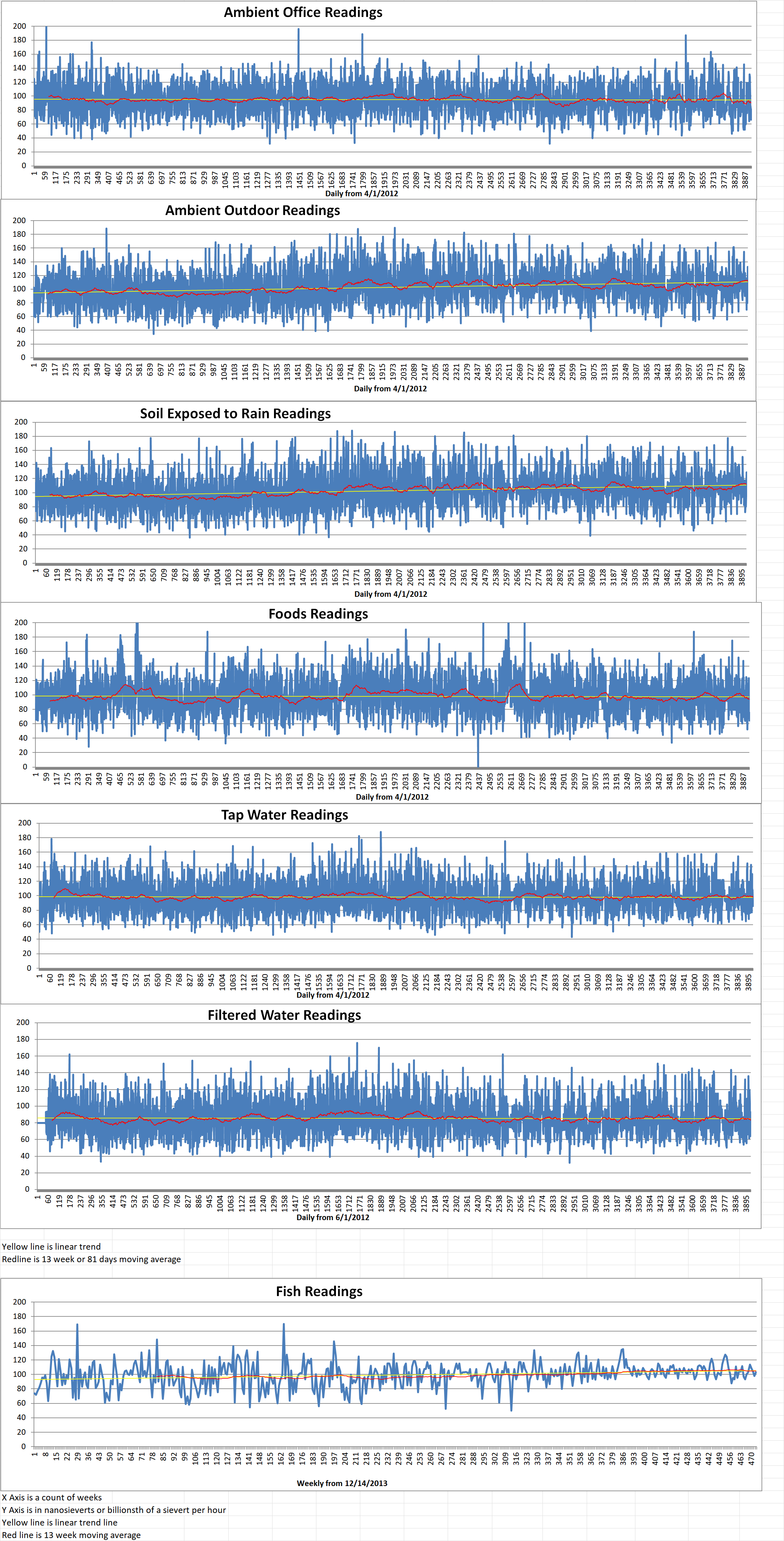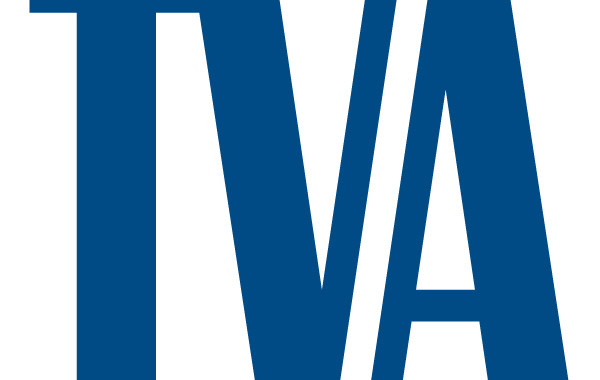This is my three thousandth blog post. I have covered a broad range of issues dealing with nuclear power, nuclear weapons and nuclear materials use in other industries. I will admit that I am not a fan of nuclear fission power. However, I feel that there is enough publicity and money flowing into the support of nuclear power that my small voice in opposition will hardly balance the scales.
A member of my family is a mechanical engineer who spent his whole career in the nuclear industry. Back in the the 1970s, I was talking to my father and another brother about the nuclear industry. I was a young man with limited experience in the world but I was informed enough to have concerns about politics and business. I said that I have no doubt that my brother and other engineers could design safe nuclear power reactors. The problem I had with nuclear power was that we would have to depend on government regulators and the companies that owned and operated commercial nuclear power plants to be about ten times as competent and honest as they had ever shown themselves to be in the past. Over the past fifty years I have not been encouraged by what I have seen and blogged about.
Nuclear projects generally run over budget and behind schedule. Nuclear power is advertised to be a solution to climate change because during operations it does not generate CO2. However, over the lifetime of a nuclear power plant, it generates more CO2 than renewable energy sources such as wind, solar, and hydro power. While the cost of these renewables is constantly falling, the cost of new nuclear builds is constantly rising. Unfortunately, there is not enough time or money to license and build enough nuclear power plants to put a dent in carbon emissions soon enough to help mitigate climate change. And for those who say that we should expand nuclear power along with the adoption of renewable sources, my response is that studies have shown that major expansion of nuclear power and broad adoption of renewables cannot both be carried out.
The problem of spent nuclear fuel waste has not been solved. Tons of spent fuel resides in cooling pools and temporary storage casks around the world. Many plans were laid and much work was done testing different storage plans but as decades have passed none of these solutions has been implemented on a wide basis. If many new nuclear plants are build to generate power, the spent nuclear fuel will become an even bigger problem. A big concern I have is that without a good spent fuel solution, it may be tempting to just close and fence in old nuclear power plants in the hope that a solution will be found in the future. Over time, the money and interest needed to keep these mothballed plants safe will decline and they will be come a major hazard.
I have blogged about possible security problems at nuclear power plants in the past but my concerns about possible damage, either intentional or accidental, to nuclear power plants that could release radioactive material during armed conflicts were largely theoretical. Since the invasion of Ukraine by Russia, suddenly these concerns are much more pertinent than ever before. Fighting in and around the Zaporizhzhia nuclear power plant in Ukraine have endangered central Europe and continue to this day. Every nuclear power plant in the world is in danger from saboteurs, rebels, invasions, etc.
The bottom line is that there is so much money sloshing around in nuclear projects that they are very attractive to leaders and businessmen. I have a lot of reasons to be negative about nuclear energy but ultimately, the rejection of nuclear power will hinge on the next big nuclear accident (which is inevitable), which will sour the public, the politicians and investors on nuclear power permanently. One big release of nuclear materials any where in the world will threaten the future use of nuclear power everywhere.
I will continue to blog about nuclear issues. I hope my concerns and dire predictions will turn out to be wrong. However, I am convinced that nuclear power is not the solution to our energy needs or climate change mitigation.

